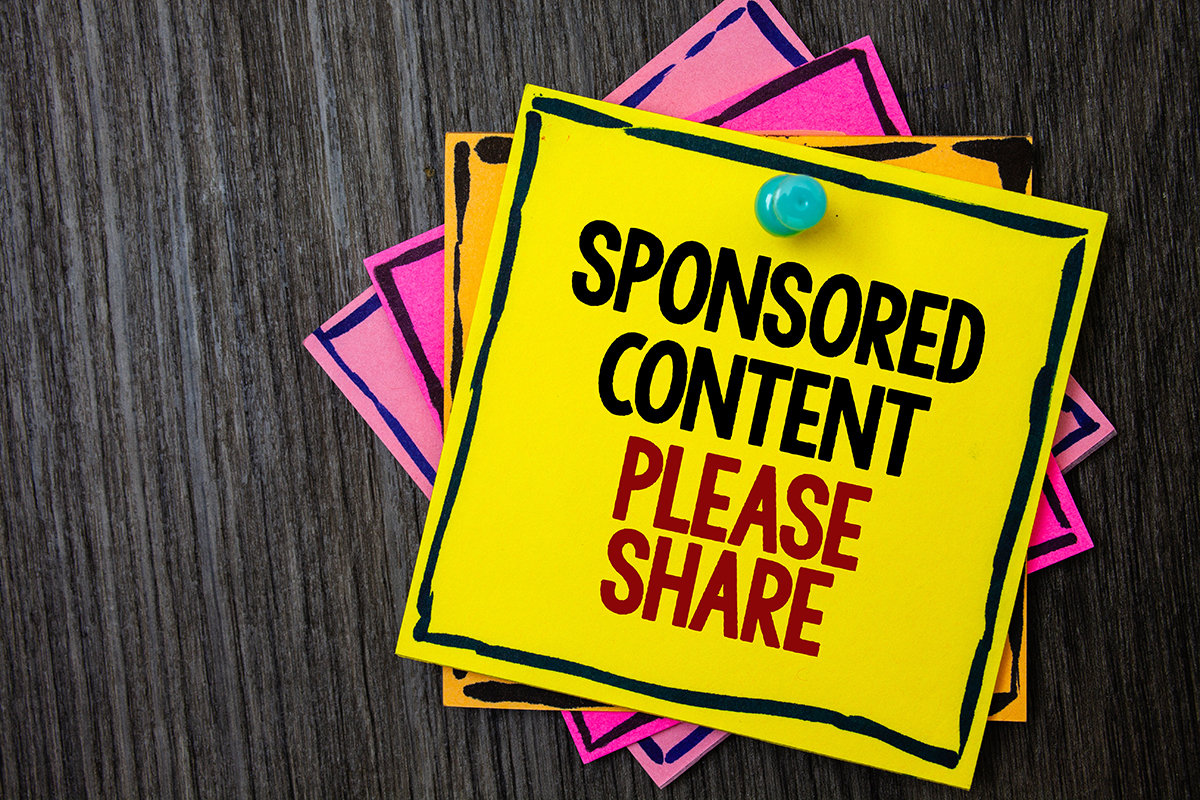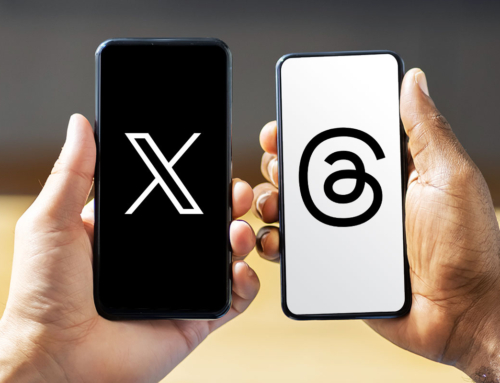Native advertising is an effective marketing tactic for brands. As readers, we might avoid “sponsored content” or trust our gut when we feel like we’re reading an advertorial instead of independent content, but, as marketers, native advertising is one of the many ways to reach and convert target audiences.
Native advertising (not to be confused with content marketing) is distinguished by a few key characteristics:
- Paid placement — “pay to play” strategy
- Similar format (in creative and/or tone) to the site or publication being paid — also known as “in-stream delivery”
- Informative and not directly promoting a product or service
Since native advertising is intended to be a chameleon-like plug for a brand, brands need to watch the company they keep and just how they execute native advertising. John C. Greiner and Zoraida M. Vale recently wrote a legal opinion letter on the Federal Trade Commission’s (FTC) intensified scrutiny around native advertising. In fact, the FTC recently settled with retailer Lord & Taylor over the nature and practices of a 2015 native advertising campaign, in which bloggers and influencers posted about a specific dress without having to disclose that they were being compensated for the posts.
So, while native advertising can be a great way to drive website traffic and conversions, brands have to check, and double check, to avoid getting into hot water with the FTC:
- Is the advertising too disguised, leading to possible feelings of deception and ultimately, lack of credibility as a brand?
- Does the creative clearly state the content is sponsored?
- (If influencer or blogger) Is the nature of the relationship or placement clearly disclosed?
Moral of the story: To ensure your brand’s credibility remains constant with your audience, tap into your trusted partners and experts, and don’t cut corners or sacrifice on content.








